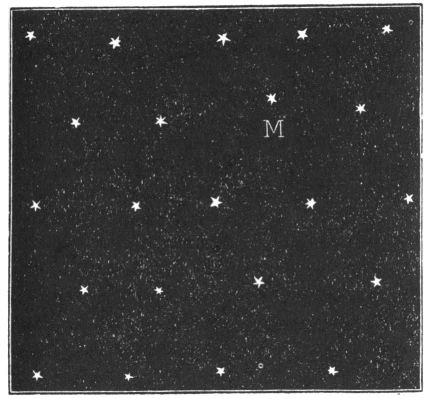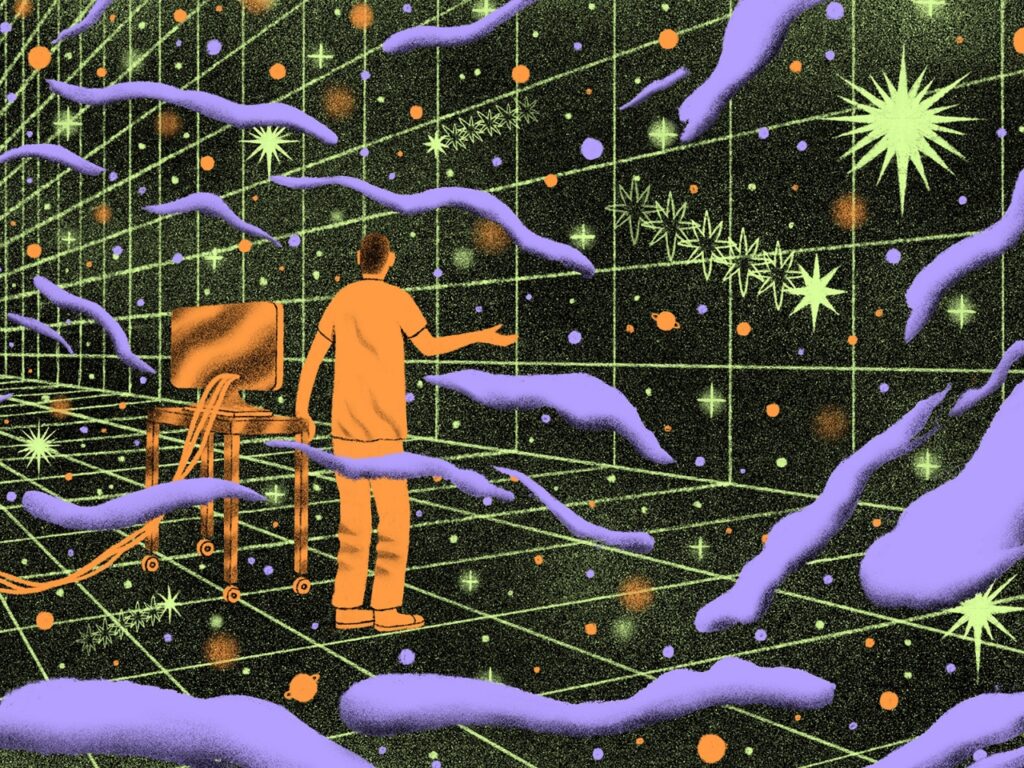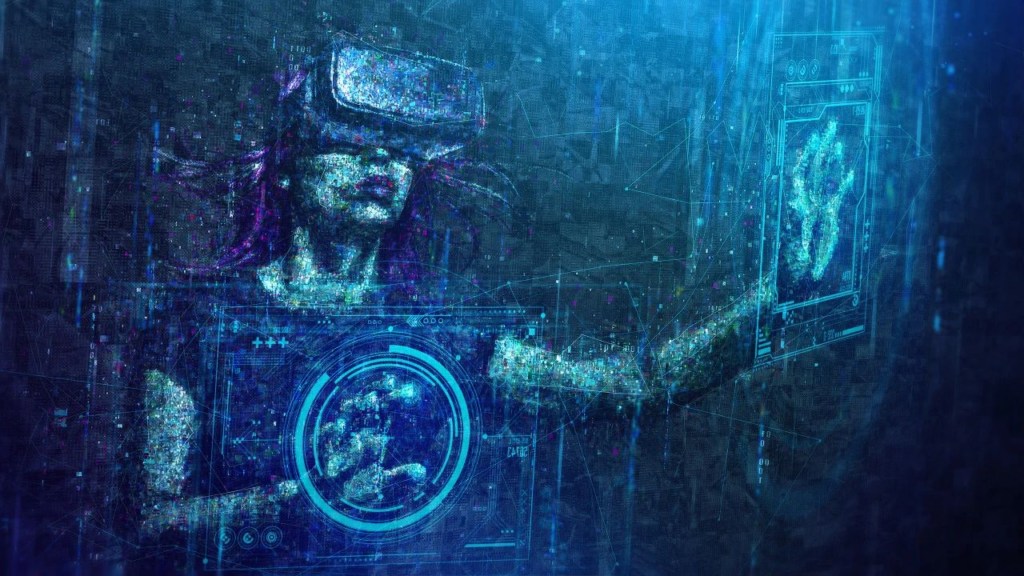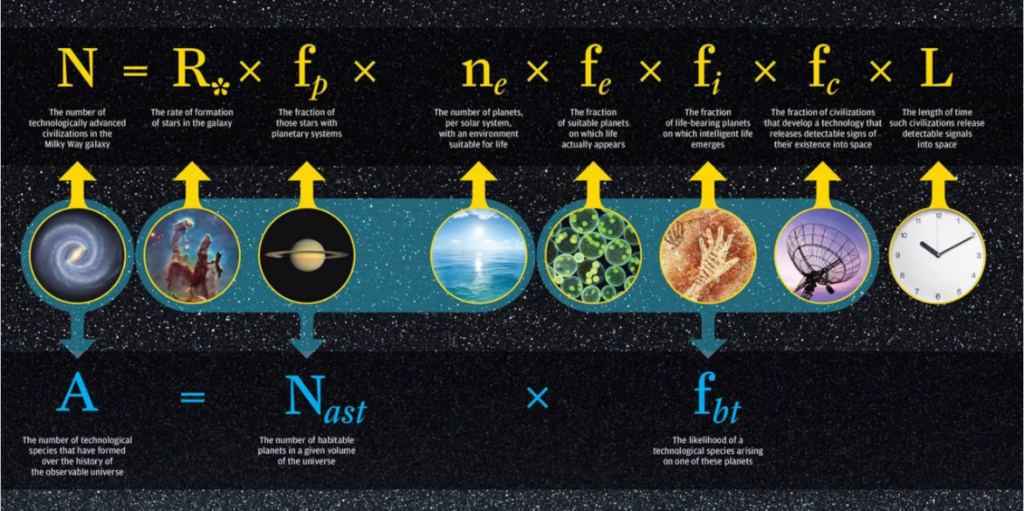Immersed in the game, you suddenly notice an ant crawling slowly on your monitor. In that instant, an image from the novel The Three-Body Problem comes to mind. The ant feels like a subtle reminder of something profound, sending a chill down your spine. A startling thought strikes you like lightning—what if each of our lives, or even this vast world, is nothing more than a simulation crafted by an advanced civilization?
At first, the idea may seem absurd. But consider this: the foundation of our existence, much like many major discoveries in human history, has been overturned repeatedly. Five hundred years ago, geocentrism was an unshakable belief. Two hundred years ago, proposing that humans evolved from apes could have branded someone a heretic. Humanity’s understanding of nature is a journey of realizing that we are not as exceptional as we once believed. This concept is embodied in the Copernican Principle, which asserts that no observer should regard themselves as uniquely special.

▷ The diagram “M” (Latin for Mundus) from Johannes Kepler’s Epitome of Copernican Astronomy illustrates this point: Earth is just one of countless stars, a stark reminder that humans, whether on Earth or within the solar system, are not privileged observers of the universe.
1. Ancestor Simulation
If you are familiar with the history of video games, you might recall how gaming has evolved dramatically over just a few decades—from the simple, pixelated graphics of ping-pong games to the lifelike environments of modern massively multiplayer online games. Looking to the future, with the rapid advancement of virtual reality, the scenarios depicted in the sci-fi series Black Mirror—such as uploading and downloading consciousness—seem almost within reach.
In this context, the notion that “we are virtual beings living in a simulation” begins to feel less far-fetched. After all, on a cosmic timescale, a few decades are barely a blink of an eye. And as the Copernican Principle reminds us, it is statistically improbable that humanity represents the pinnacle of civilization in the universe.
So, how likely is it that we are living in a simulation? Once you begin to think seriously about this question, you’ll realize you are not alone. Many physicists and philosophers have explored this possibility, sharing their thoughts through publications and public debates. In 2016, the American Museum of Natural History in New York hosted a panel where four physicists and a philosopher spent two hours discussing whether reality as we know it could be a simulation. Their estimates of the probability ranged widely, from as low as 1% to as high as 42%. That same year, Elon Musk famously declared in an interview that “we are most likely living in a simulation.”
However, following the crowd has never been your style. Determined to explore this question independently, you start gathering evidence. Could we, in fact, be living in a simulation? And if so, is there a way to break free from it?
The type of “simulation” discussed here is not a simple game like The Sims. Instead, it is a comprehensive model of the observable universe—what scholars refer to as an Ancestor Simulation. [1] This hypothesis proposes that a civilization with sufficiently advanced technology might create a simulation on an immense scale. While we cannot predict the exact capabilities of such future technologies, we can attempt to estimate their upper limits based on the physical laws of our observable universe.
If running a simulation of this magnitude would require energy and computational power beyond the constraints of physics, we could argue that such a civilization could not exist. In that case, the Ancestor Simulation hypothesis would be disproven—or, at the very least, humanity’s existence within such a simulation would become highly improbable.

▷ Source: Claire Merchlinsky
2. The Energy Required for Simulation
High-fidelity simulations necessitate immense information processing, which, with current technological capabilities, translates into extraordinarily high computational demands. In such scenarios, the state of every fundamental particle would need to be recorded and updated in real time, requiring computational resources on an astronomical scale. Furthermore, the energy needed to power these highly complex simulations would entail staggering demands. According to thermodynamic principles, extracting energy from cosmic background radiation to sustain computations of this magnitude would not only require overcoming theoretical physical limitations but also addressing significant practical challenges in technology.
These arguments suggest that, within our current technological and theoretical framework, energy constraints make it improbable that we are living in a simulated universe. However, such constraints may not represent an insurmountable barrier. For instance, a super-advanced civilization might bypass energy limitations by creating less precise simulations. Quantum mechanics, with its uncertainty principle—which prevents precise knowledge of an electron’s exact position—and the non-local effects of quantum entanglement, could serve as efficient methods to conserve computational resources during simulation construction.
If we are indeed part of a simulation, and its creators used resource-saving measures, we might uncover evidence of this illusion. One potential approach is to continuously increase the resolution of our observations to detect whether we encounter discrete, pixelated structures. This is similar to video games, where increasing the resolution can expose hidden inconsistencies or graphical artifacts. Interestingly, quantum mechanics already reveals that the world appears discontinuous at extremely small scales, lending some plausibility to the simulation hypothesis.
Moreover, in video games, wandering to the edges of the map often leads to graphical glitches or invisible “walls” that limit further exploration. By analogy, searching for similar anomalies could help determine whether we exist within a simplified ancestor simulation. However, in reality, humanity’s farthest-reaching probe, Voyager 1, has traversed the edge of the solar system without encountering any discontinuities or anomalies. Likewise, the Hubble Space Telescope has captured images of galaxies over 10 billion light-years away without uncovering any apparent anomalies. While these observations cannot definitively rule out the possibility that we are living in a simulation, they do significantly reduce its likelihood.

▷ Source: Staudinger + Franke
3. A Simulated Universe Does Not Require Full Brain Simulation
Beyond the vastness of the starry sky, the human mind is equally complex. The number of neural connections in the human brain is estimated to rival the number of stars in the observable universe. A 2024 study published in Science [2] conducted a nanoscale simulation of just 1 cubic millimeter of brain tissue, encompassing 57,000 cells and 150 million synapses. The resulting mapping data totaled 1.4 petabytes (Pb). When extrapolated to the full volume of the human brain, creating a static map of the entire brain would require 1.76 zettabytes (1 Pb = 1,024 terabytes [Tb], 1 Zb = 1,024 Pb). This vastly exceeds the parameter count of current open-source models, such as Llama 3.1, which had 405 gigabytes (GB) of parameters as of October 2024.
To create an ancestor simulation, it would be necessary to simulate not only every star in the sky but also the mental activities of every human who has ever lived. Attempting to replicate all neural activity from ancient times to the present on a supercomputer would demand energy that exceeds the physical limits of our universe, challenging the notion that we are living in a simulation [3].
However, one might argue that simulating mental activities does not always require extensive computation. A super-advanced civilization might only simulate minimal portions of the brain for most people, reserving significant computational resources for individuals engaged in deep thought. This raises an intriguing testable hypothesis: if billions of people simultaneously engage in reflective thinking, requiring full brain simulations, the computational load might overwhelm the simulation, causing delays reminiscent of frame rate drops in video games. Such anomalies could provide evidence supporting the simulation hypothesis.
Additionally, there are two counterarguments to the assertion that simulating human minds consumes excessive energy:
(1) On-Demand Rendering: In constructing an ancestor simulation, a super-advanced civilization might only render areas being actively observed. This is analogous to the “fog of war” in video games, where unobserved areas remain hidden, significantly reducing computational demands.
(2) Selective Simulation: The creators might simulate only the neural activities of “you,” ensuring your subjective experience feels authentic while generating others’ responses through simplified models. Current large-scale AI models can already simulate human-like interactions; for a civilization capable of ancestor simulations, this task would be trivial, drastically reducing energy consumption.

▷ Source: Mart Biemans
Beyond energy considerations, another way to evaluate the simulation hypothesis is to detect inevitable computational errors. If we live in a simulation, modeling inaccuracies would eventually accumulate, creating observable inconsistencies—similar to how The Matrix required regular reboots. In video games, prolonged gameplay often reveals modeling errors that necessitate developer patches to maintain consistency. By analogy, if we live in a simulation, changes in fundamental constants, such as the speed of light, could serve as evidence. However, the brevity of human history and our understanding of physics limits our ability to detect such long-term changes. It is possible that such patches exist but operate on timescales of tens of thousands or even millions of years. Therefore, even though we have not observed changes in physical constants, we cannot completely rule out the possibility that we are living in a simulation.
An additional counterargument is that a super-advanced civilization might prohibit ancestor simulations for ethical reasons. While less robust, this argument reduces the likelihood of such simulations existing. Similar to how the Drake Equation explores the probability of extraterrestrial civilizations’ existence—calculated by multiplying the number of stars in the universe by the probability of life arising on them and the probability that intelligent life is willing to communicate—thereby estimating the number of extraterrestrial civilizations capable of establishing communication.

▷ Source: University of Rochester
The Drake Equation, originally used to estimate the number of extraterrestrial civilizations, now includes:
N: The number of civilizations capable of creating simulations. R*: The rate of star formation in the Milky Way. fp: The fraction of stars with planetary systems. ne: The average number of habitable planets per system. fe: The fraction of habitable planets where life arises. fi: The fraction of life-bearing planets where intelligent life evolves. fc: The fraction of intelligent life willing to communicate or simulate. L: The time such civilizations remain active.
By adding two new factors to the Drake Equation—first, the probability that intelligent life advances to the point of being able to simulate a world; second, the probability that a super-advanced civilization would prohibit ancestor simulations for ethical reasons—we can use the modified equation, based on current technological and cultural development, to estimate the probabilities of these new factors. This allows us to assess the number of planets that might be willing to simulate worlds and, consequently, infer the probability that we are living in a simulation.
4. Three Possibilities for a Simulated World
In his 2003 paper Are You Living in a Computer Simulation?, philosopher Nick Bostrom redefined the debate by proposing three possibilities that cover all potential scenarios:
First, humanity or other intelligent beings go extinct before achieving simulation technology.
Second, super-advanced civilizations capable of creating ancestor simulations either lack the will or face prohibitions against using such technology.
Third, We are currently living in an ancestor simulation.
To evaluate which of the first two possibilities is more likely, two critical questions arise.The first question examines the probability of life successfully reaching the singularity. For example, before humanity develops general artificial intelligence, could it face extinction due to catastrophic events like runaway climate change or nuclear war? On this issue, the scientific community provides some predictions, though the outcomes remain uncertain.
The second question delves into the societal structures and moral frameworks of super-advanced civilizations—a nearly impossible task. Just as a gorilla cannot grasp the utility humans derive from advanced technology, we cannot envision the motivations or priorities of beings capable of ancestor simulations. Perhaps such civilizations lack the drive to undertake the creation of simulations that, once initiated, require no further involvement. Alternatively, ethical considerations or cultural values might prohibit such endeavors altogether. However, our complete lack of insight into their reasoning makes assessing this possibility extremely challenging.
At its core, if we ourselves do not believe we are living in a simulation, there is little reason to assume that future post-human civilizations would conduct large-scale ancestor simulations. Conversely, if we think humanity could one day simulate an entire world, why not accept the likelihood that we are already part of such a simulation?
One way to approach this paradox is through Occam’s Razor, which suggests that the simplest explanation is often more likely than a complex one. Believing we live in a simulation assumes the existence of a super-advanced civilization, thereby adding unnecessary complexity to the model. The maxim “entities should not be multiplied without necessity” thus provides a compelling framework for addressing the simulation hypothesis. However, Occam’s Razor is not absolute; in some cases, scientific consistency, predictive power, or internal logic may require adopting a more complex model.

▷ Source: Claudio Araos Marincovic
5. Why Is Speculative Thinking Meaningful?
Readers who have reached this point might wonder: “Like Zhuangzi dreaming of a butterfly or the butterfly dreaming of Zhuangzi, why should we concern ourselves with such abstract questions when life is already fraught with its own challenges?” This line of inquiry may seem akin to the philosophical stance of agnosticism—ultimately irresolvable. However, our concerns and curiosities drive exploration and foster awe for the universe’s diversity and mysteries. Throughout the history of science, many revolutionary discoveries have emerged from profound questions about the essence of existence.
When we explore the possibility of a simulated universe, we are not only questioning the nature of reality but also sparking deeper discussions about technology, ethics, and existence itself. For example, this inquiry intersects with advancing technologies such as virtual reality (VR) and mixed reality (MR), raising questions about how we treat virtual beings powered by AI-driven models. As we approach the advent of general artificial intelligence (AGI), such discussions also highlight concerns about losing control over intelligent agents and whether these agents might attempt to escape the simulated environments we create for them. Speculating on whether we are living in a simulation inspires research into AI alignment while also deepening our understanding of existence.
In the future, as technology advances and humanity’s understanding of the universe grows, we may approach these questions with entirely new perspectives. More detailed observations, refined data analyses, and novel technological methods could help us test these hypotheses. Yet, in the pursuit of truth, maintaining curiosity and humility toward the unknown remains among the most enduring values in scientific inquiry.
[1] Bostrom, Nick. “Are We Living in a Computer Simulation.” The Philosophical Quarterly 53 (2003): 243-255.
[2] Alexander Shapson-Coe et al. ,A petavoxel fragment of human cerebral cortex reconstructed at nanoscale resolution. Science384,eadk4858(2024). DOI:10.1126/science.adk4858.